Illustrated books can also be reference books. Aliens is one that fits in that category, although given its subject title and alluded subject matter you’re right to be suspicious. The key to where upper-elementary students will get the most from the book is in the book’s full title. Aliens, Join The Scientists Searching For Extraterrestrial Life is more about the science-based aspects around aliens, rather than the green basketball-playing men in our imagination.
Space, a place that kids in 4th grade and up want to read aboutAuthor: Daddy Mojo
Is It Okay To Pee In The Ocean?, STEM kidlit asks what we’ve all pondered
If you’re older than 12 trips around the sun then you know the answer to that, but you may not know why. Actually, you may not even know the answer to it, you’ve just stopped caring or have moved on to less bathroom-centric queries. Is It Okay To Pee In The Ocean? is the most comprehensive look at going number one that elementary school kids will experience. It’s a surprisingly entertaining STEM read and runs deep with scientific research and credibility, so much so that those middle school students will enjoy the book also.
You’ve asked the question too, it’s OK to admit itSeen and Unseen, art, story & photos combine for a strong non-fiction book
Ansel Adams only photographed mountains, didn’t he? Yeah, I thought that, and you might’ve also. That’s how Seen And Unseen, What Dorothea Lange, Toyo Miyatake, and Ansel Adams’s Photographs Reveal About the Japanese American Incarceration caught my attention. Seen And Unseen is by Elizabeth Partridge with illustrations by Lauren Tamaki and provides an impressive overview of Japanese Americans who were imprisoned in Manzanar in the aftermath of the bombing of Pearl Harbor.
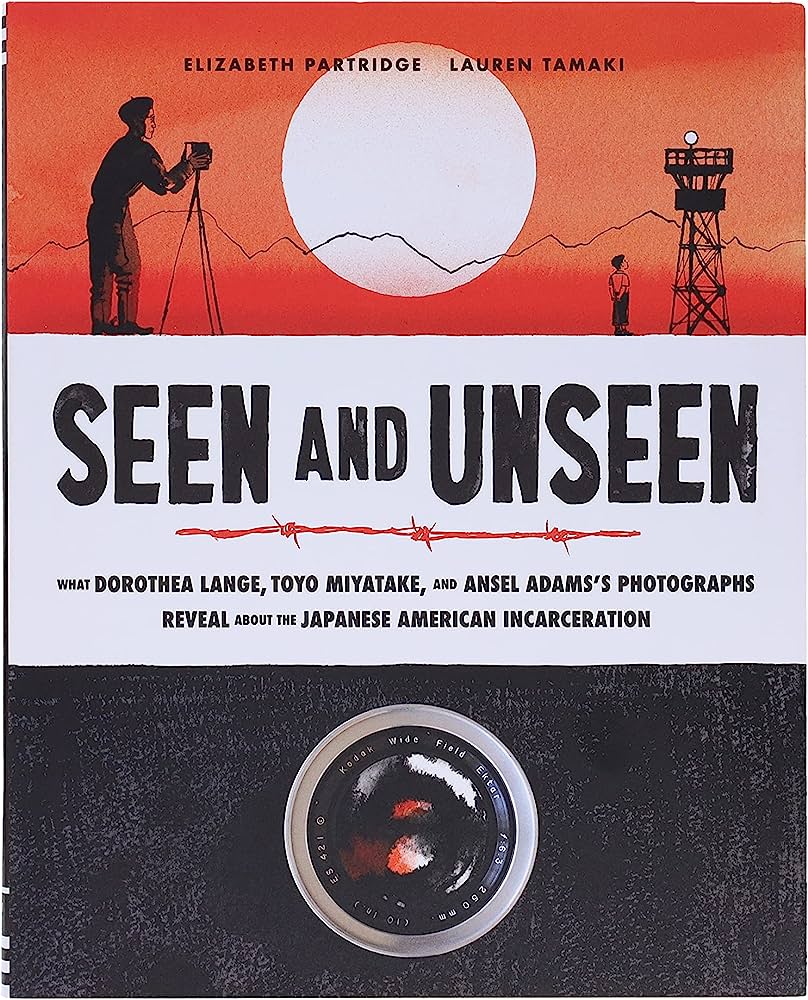
The 1,000 Facts About Space blog tour
Welcome to the
1,000 Facts About Space
Blog Tour!
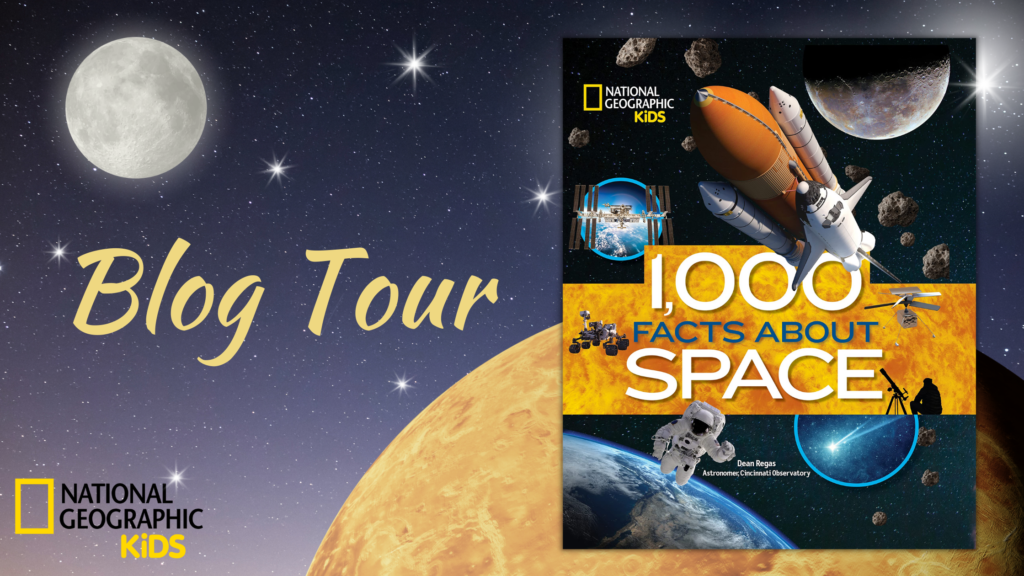
Get ready to blast off on an illuminating journey to the farthest reaches of the universe as we celebrate the release of the 1,000 Facts About Space (National Geographic Kids Books, ages 8-12). This week, five blogs across the web are featuring out-of-this world facts about mysterious black holes, daring space travel, groundbreaking missions, awe-inspiring stars and one of the giants of the solar system – Uranus! Looking to up your galactic IQ? Read on!
8 Facts About the “Ice Giant” – Uranus!
Uranus was the first planet discovered using a telescope. English astronomer William Herschel spotted it in 1781. Herschel wanted to name his planet after the King of England, George III. Other astronomers wanted to name it “Herschel.” Eventually a more traditional name from ancient mythology—Uranus—was selected.- A day on Uranus is only 17 hours long, but it takes Uranus 84 years to complete one orbit around the sun.
- Uranus is much larger than Earth. It has four times the width, takes up 63 times more space, and weighs more than14 times the mass of our planet.
- Uranus is a gas giant like Jupiter and Saturn—you cannot stand on its surface. It is made almost entirely of hydrogen and helium gases.
- Uranus is tipped on its side, so it sometimes looks like a green-blue ball rolling around the sun.
- Astronomers recorded the coldest temperature of any planet in Uranus’s cloud tops. The temperature in the atmosphere in one area was minus 371°F.
- It is extremely rare, but people with exceptional eyesight can see Uranus with their naked eye. Everyone else needs a pair of binoculars or a telescope to spot it.
- Unlike other gas planets, Uranus appears to have few surface features. It does have storms and changing weather patterns, but the top gas layer almost always look like a hazy blue-green ball.
- Some of Uranus’s moons—such as Miranda, Ophelia, and Juliet—are named for characters from Shakespeare’s plays. Others, like Umbriel, Ariel, and Belinda, come from a poem by Alexander Pope, a 17th-century English writer.
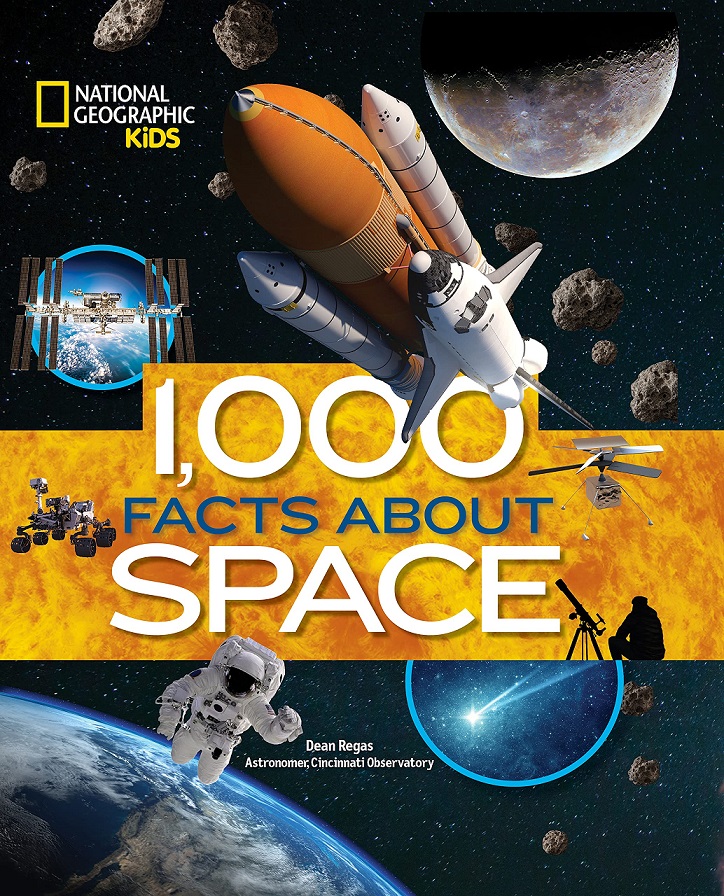 Buy | Buy on IBookshop.org | Add to GoodReads
Buy | Buy on IBookshop.org | Add to GoodReads
Did you know … that one of Saturn’s moons is so hollow it would float in water? That the largest known star is 3.69 billion times bigger than our sun? Or that Jupiter likely has diamonds floating in its clouds? Explore dazzling facts about the vast expanse of space, from glowing stars billions of light-years away to supermassive exploding supernovas to rockets thundering into the unknown. This comprehensive book takes you on a mind-blowing tour of our unbelievable universe and is full of fascinating facts on topics such as space exploration, our solar system and galaxy, and beyond.
Expert astronomer Dean Regas ― former host of PBS’s Star Gazers and astronomer of the Cincinnati Observatory ― takes you on an incredible tour of facts about each planet in our solar system, dwarf planets, our sun and other stars, exoplanets, comets, asteroids, galaxies, space travel, and so much more. Hundreds of stunning photographs bring the facts to life.
DEAN REGAS has been the astronomer for the Cincinnati Observatory since 2000. He is a renowned educator, author, national popularizer of astronomy, and an expert in observational astronomy. From 2010–2019, Dean was the co-host of the PBS program Star Gazers. His books include Facts From Space!, 100 Things to See in the Night Sky, and 100 Things to See in the Night Sky, Expanded Edition. Dean is a contributing editor to Sky & Telescope magazine and a contributor to Astronomy magazine, where he won the 2008 Out-of-this-World Award for astronomy education. Dean has written more than 150 astronomy articles for the Cincinnati Enquirer, blogged for the Huffington Post, and is regularly featured on television and radio. Dean is a frequent guest on National Public Radio’s Science Friday and Here & Now. He also hosts an astronomy podcast with Anna Hehman called Looking Up. At the Cincinnati Observatory, Dean has developed his skills as a dynamic writer and public speaker who brings the complicated field of astronomy down to Earth for students of all ages. You can find him online at https://www.cincinnatiobservatory.org/dean-regas/about-dean.Additional Resources
For additional info on the wonders of outer space, check out the kid friendly games, articles and amazing images of our galaxy and beyond at National Geographic Kids’ Passport to Space. Educators, tap into to a wealth of resources focused on space exploration, including informative videos, articles and Kahoots, at NG Education’s Resource Library.GIVEAWAY
 • One (1) winner will receive a hardcover of 1,000 Facts About Space
• One (1) winner will receive a hardcover of 1,000 Facts About Space
• US/Can only
• Ends 2/19 at 11:59 pm ET
• Enter via the Rafflecopter below
• Visit the other stops on the tour for more chances to win!
Blog Tour Schedule:
February 6th — From the Mixed-Up Files of Middle Grade Authors
February 7th — Imagination Soup
February 8th – Daddy Mojo
February 9th – YA Books Central
February 10th — Always in the Middle
City Spies City of the Dead goes 4 out of 4 in this mglit must-read series
The really great books have readers hoping that the book doesn’t end on a cliffhanger or on some absurd happening. An otherwise fabulous book that’s built up to a satisfying ending cheapens the entire affair when all of the events are for naught. It turns out to have been a dream. A long-forgotten relative appears at the door or they jump off into the sunset to their mortal peril…unless there’s a sequel. City Spies City of the Dead is the fourth book in this series that’s built on its predecessor with ease and a sense of plot satisfaction. It’s done this while leaving clues as to something much bigger that all of the books are building to.
People in your house will wrestle over who’s the first to read itLittle Pea, a super-cute read-aloud book that rises to the challenge
Little Pea is one of those books. It’s a book that’s meant to be read aloud to toddlers through first-grade students. The text is simple. The illustrations are cute, very detailed in a cartoon fashion, and relentlessly happy. With great read-aloud books, the magic happens when you read it and combine everything together. That’s what happens when you read Little Pea to children.
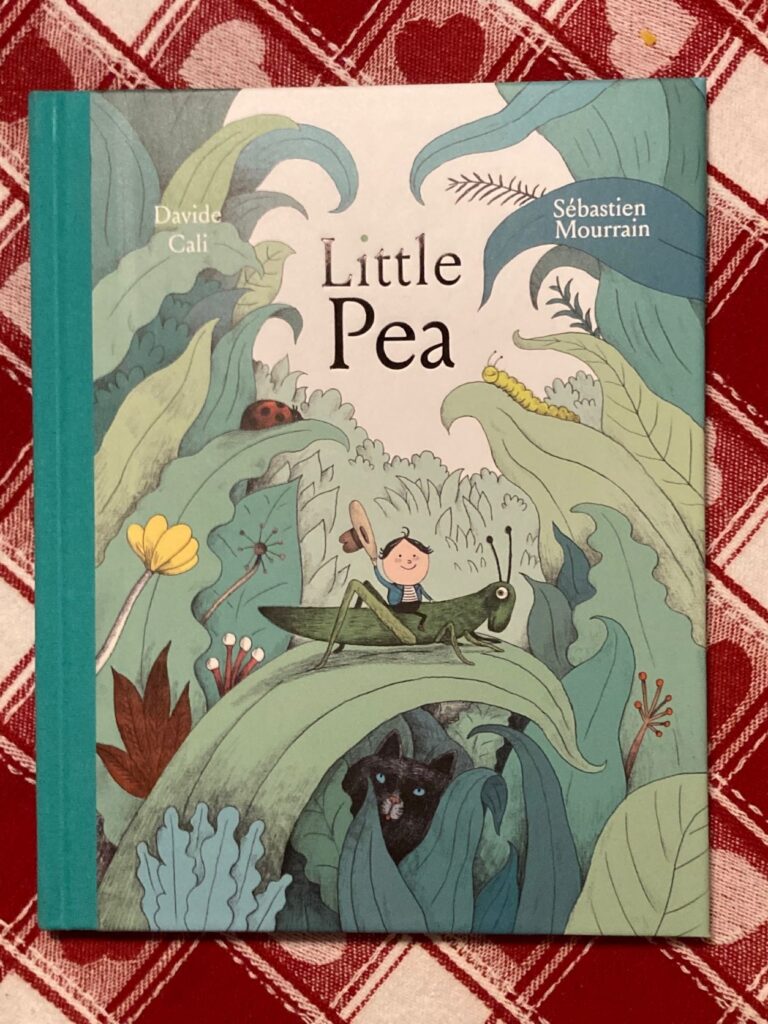
How Do Meerkats Order Pizza? the must-see non-fiction that kids didn’t ask for
Podcast: Play in new window | Download
Subscribe: RSS
Ask a kid to learn and they’ll try to weasel out of it. How Do Meerkats Order Pizza?, well, the answer to that is something that I must find out, those same kids will say. This is non-fiction, graphic novel, reference book greatness that puts the fun first, but ensures that you’ll learn something too.
When Things Aren’t Going Right Go Left, a can-do book on positive vibes
If you’re looking for a sign, this is it. I use that sometimes when I teach. I’ll write “Sign” on the board, and put a border around it, then stake it as if it’s posted in the ground. When Things Aren’t Going Right, Go Left is an illustrated book that is rife with metaphors, double-meaning words and positive vibes. It’s an unlikely book that’s an empowering take on how young school-aged children can overcome anything just by thinking in a more positive manner. The book also tackles an angle that elementary students aren’t told enough, and that’s the fact that everybody has something. And that you and your something are OK if you put it down for a bit and give it a rest.
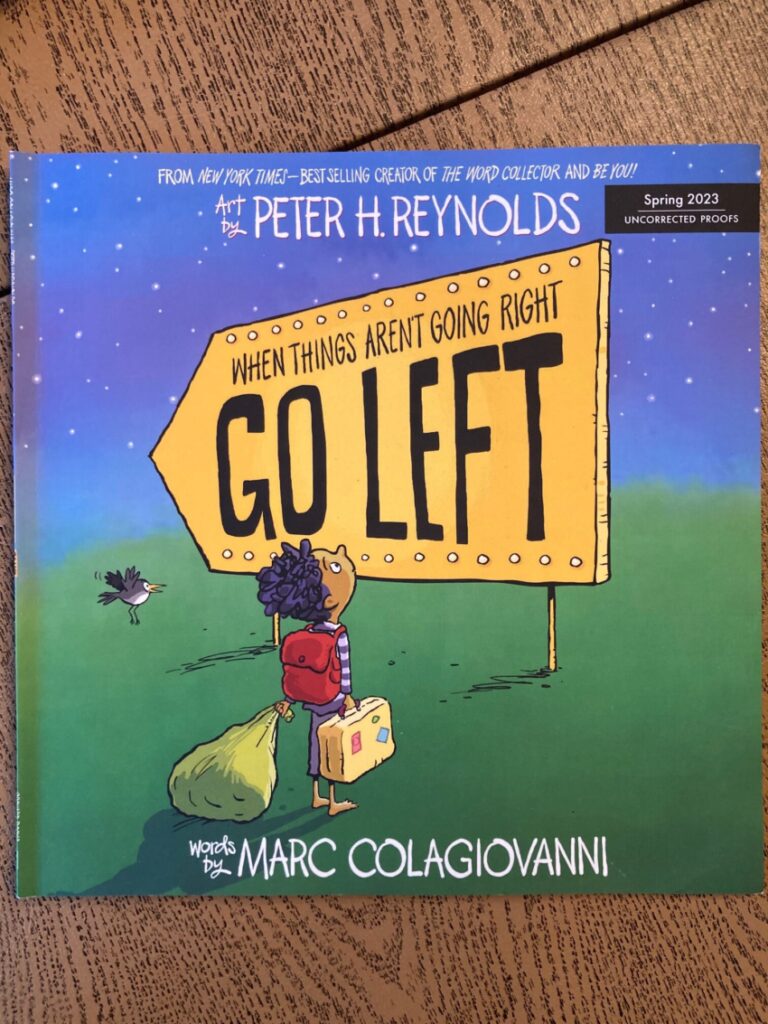

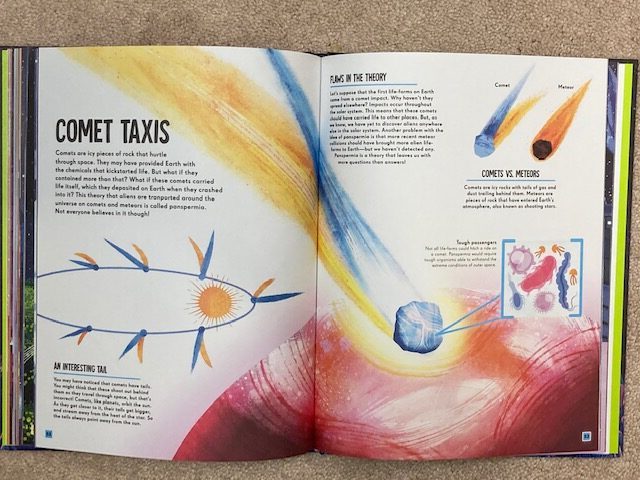
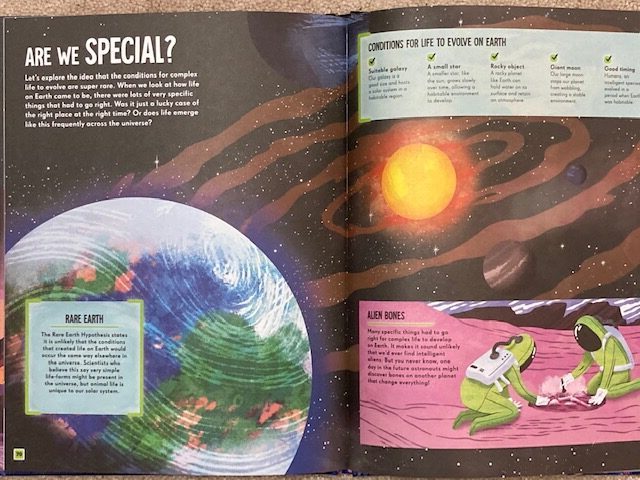
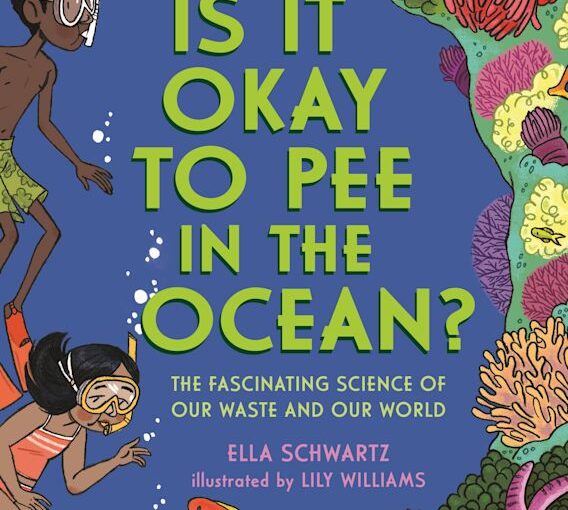



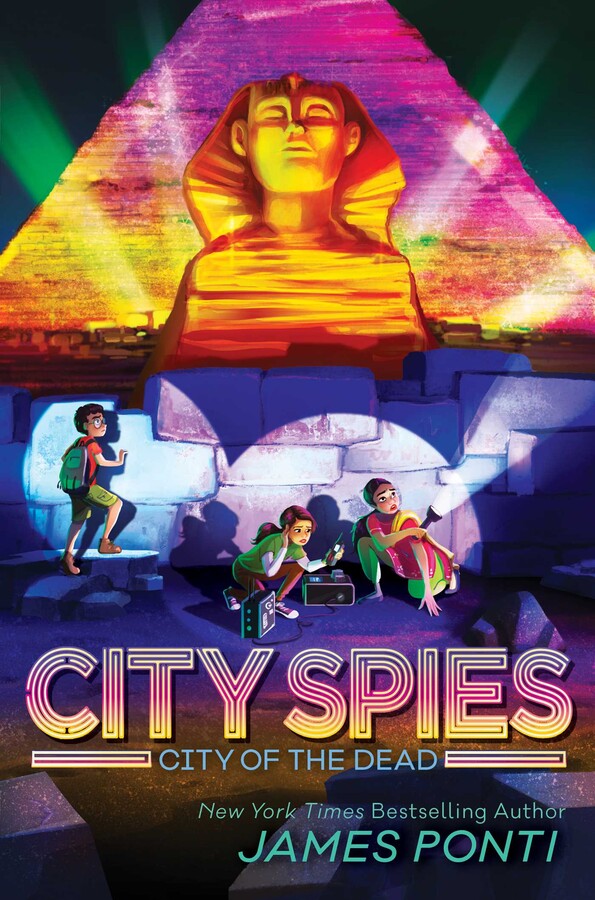
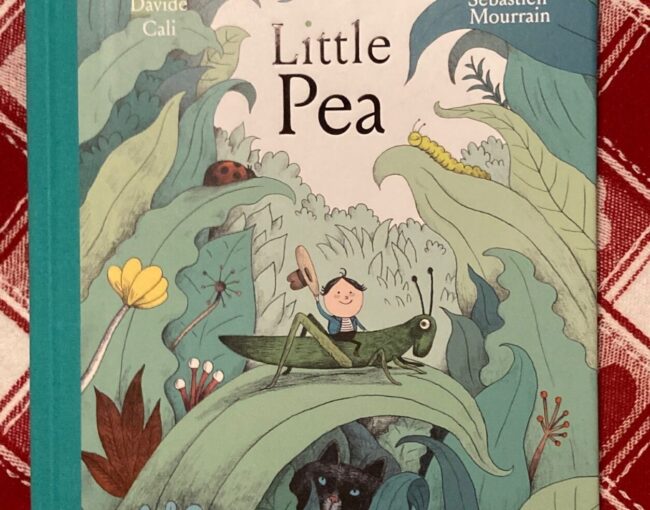
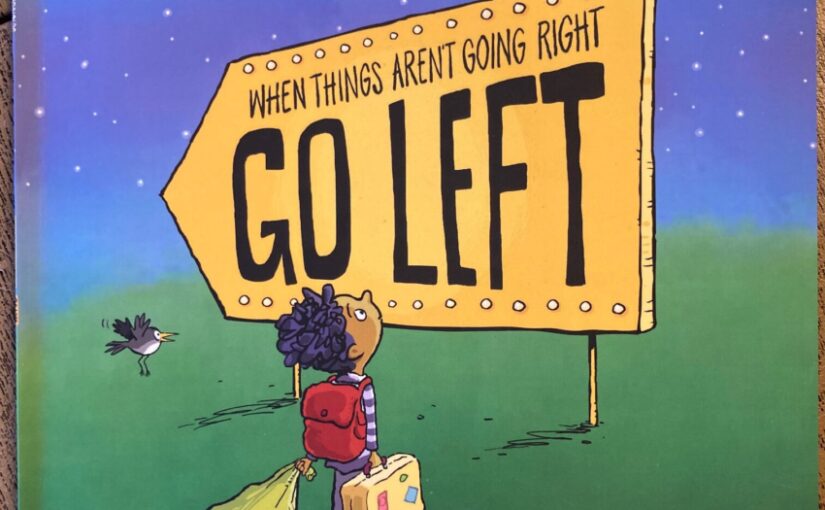


 Facebook
Facebook Twitter
Twitter Flickr
Flickr GooglePlus
GooglePlus Youtube
Youtube